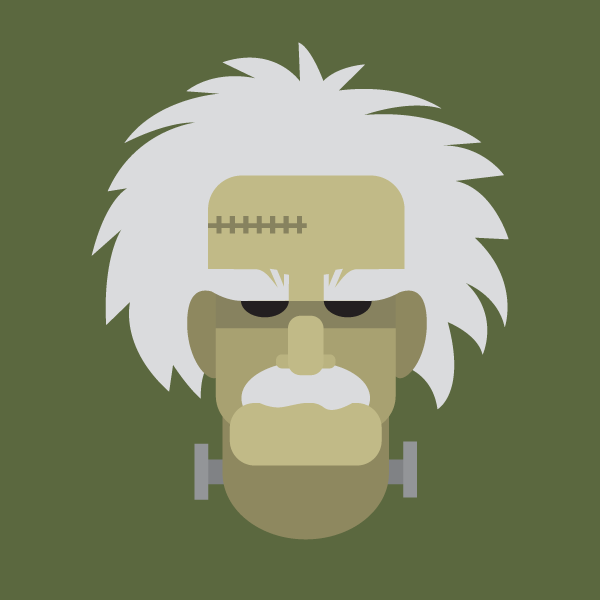The game of chess has successfully managed to entertain and fascinate its audience over thousands of years. But now the times are changing. We see new technologies and innovations in chess e.g. the chess engines that really intrigue us. The last 100 years have shown a drastic change in the IT industry which has affected chess gradually and globally.
Powerful hardwares , softwares and programming have helped us merge technology and chess together.
In this article, we will go through the following concepts and in-depth knowledge about chess engines and their ways of working. Let’s learn all about chess engines-
When were chess engines invented?

Machines – including chess-playing machines have always fascinated people. Alan Turing was only able to play chess by writing a computer programme in 1951. Programmers have been working for the next 50 years to improve their chess machines and to increase the playback by improving hardware. By 2005, chess motors were definitely stronger than the best human actors.
The Top 10 Chess Engines
1. StockFish

The chess engine Stockfish is an open-source chess engine. Since 2016, it was the strongest traditional chess engine. It developed many of the modern chess machines. The evaluation formula and A / B search are complex.
2. Ethereal

Ethereal’s chess engine, which has been developed mostly for learning and improving its programming, is a relatively new open source. StockFish and other chess motors created it in 2016.
3. Komondo

Don Dailey developed Komondo and is now carried on by Mark Lefler and Grandmaster Larry Kaufman, as a private commercial machine. How this work works is unknown in public but it relies on the advanced assessment of Larry Kaufmann, who should give her a more humane style, based on the grandmaster’s understanding and insights. It usually searches for A/B. It is the second most powerful traditional chess engine currently.
4. Houdini

The chess engine Houdini is Robert Houdart’s private commercial chess engine. It searches very quickly and performs well in faster time checks. Moreover, loses very few games and is able to escape difficult positions (like its namesake). It is the third-highest traditional chess machine at the moment.
5. Fire

Norman Schmidt created this chess engine and named his non-commercial private company Fire. Surprisingly, 2010 was its original release date.
6. Shredder

In 1990s Shredder also know as Deep Shredder won many tournaments and titles and got commercial in 1996
7. Laser

Jeffrey An and Michael An Created this chess engine in 2015.
8. Leelenstein

Leelenstien uses most of the Lc0 code but has an alternative neural net based on the supervised study, which feeds millions of chess games previously played on the chess motor instead of learning from their own games. Comparatively, This net was not as strong as the network of Lc0.
9. Antifish

The chess engine Antifish uses most of the code for Lc0, but it only uses a neural net based on games between Lc0 and Stockfish to defeat stockfish. Lc0 or Leelenstein is not so strong as the antifish.
10. Allie

The chess engine Allie is Adam Treat’s unique NN engine. It uses a search, move selection, and time management code of her own Monte Carlo. Amazingly, can be operated on any network and has no own net. The author wants to add searching A/B to his engine.
What is a neural network engine, and how is it different?
A new type of chess engine is a neural network engine (NN). DeepMind’s first NN was AlphaZero (a Google company). Alpha Zero Reportedly became a better traditional chess engine than stockfish. The game was private, however, and many questioned the results. In 2019, however, the Lc0 open-source (Leela Chess Zero) became the most powerful chess engine in the world.
A neural network is a series of chess algorithms and instructions—except that we don’t exactly know-how! Machine learning data is used to train NN chess engines. NN is a part of machine learning.
The games can be played externally (like grandmaster games). Or, as in Lc0, the data of the game comes from over 200 million games played against each other. the neural net for NN engines carried out their assessment.
The introduction of NN motors changed the way searches were conducted. Traditional engines typically have used what is known as a minimal search alpha-beta (AB), which evaluates the best moves possible. However, NN engines opt for what is known as a tree search (MCTS), in which many playouts are likely to make the best move. Basically, it plays with random movements and looks at moves, which appear to be at the highest winning probabilities, at a host of fast games against itself.
The hardware on which they run strengthens the hardware. Strong CPUs are needed. But they need strong GPUs even more.
What are the effects on human play?
Human beings have improved over time in chess as they learn from past players’ collective wisdom. Computers have sped up this progress by adding knowledge and understanding to the game by chess engines.
Today, the top players use chess engines for a thorough analysis of positions and ideas. This has unfortunately also led to cheating chess, where every player can play better than any grandmaster using only a mobile telephone and a chess engine.
Hundred of cheaters on online chess servers like Chess.com can’t resist gaming by computer aid every day. Nevertheless, fans of the game benefitted from the engines because they helped improve players by analysing and creating a spectator’s sport, in which top chess engines are fighting for the best.
Thank for reading the article we hope you learnt something new and interesting.

